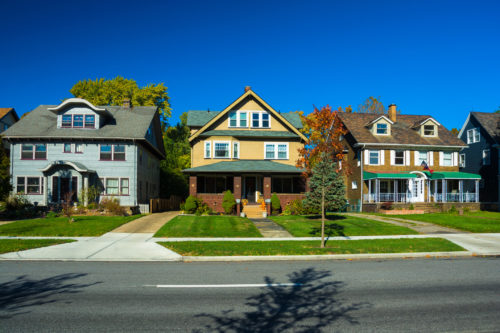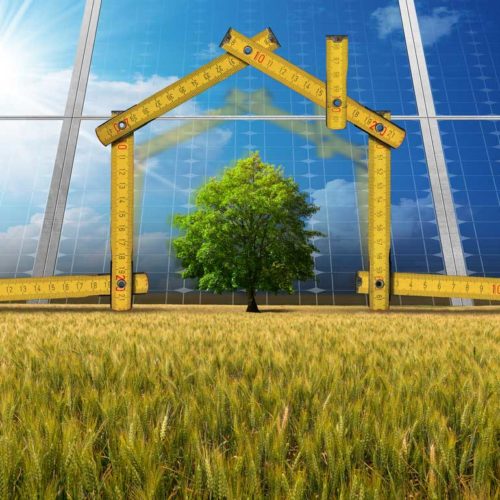
Residential Buildings

Superefficient Affordable Housing: Solutions to Hurdles
This paper describes the programmatic, financial, technical, and operational hurdles that stand in the way of increased energy efficiency in our affordable housing stock. It then explains possible solutions to each of these hurdles. Through the propagation of these solutions and the diminishment of these hurdles, it is possible to…

Going Deeper: A New Approach for Encouraging Retrofits
This paper describes a new approach to demand-side management that promotes whole-building projects and encourages owners, energy service providers, and utilities to work together for significant energy savings.

Collaborate and Capitalize: Post-Report from the BEM Innovation Summit
In 2011, RMI convened an invited group of key stakeholders within the building energy modeling (BEM) community to increase collaboration and develop implementation plans to address key barriers. This report describes the motivation for convening the BEM Innovation Summit; provides a recap of the group events and discussions; provides a…

Green Footstep: Calculations and Data Sources
Green Footstep is an online assessment tool for reducing carbon emissions from building construction projects and is publicly available at greenfootstep.org. The Green Footstep tool guides the user through the process of life cycle carbon assessment, and then reveals how users can theoretically reduce the net carbon emissions. Some description…

Lovins GreenHome 1.0: Factor Ten Engineering Case Study
Amory Lovins’s state-of-the-art green home and indoor growing space at 7,100 feet is remarkably energy efficient, includes several renewable technologies, and has no conventional heating and cooling system. The building demonstrates several principles of factor-ten engineering. This paper provides a detailed case study of the building.